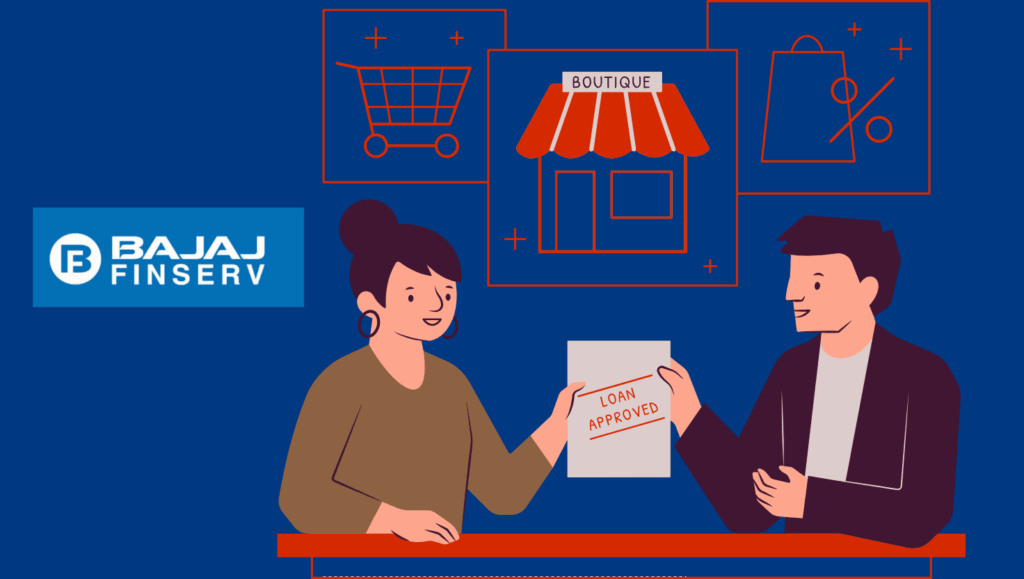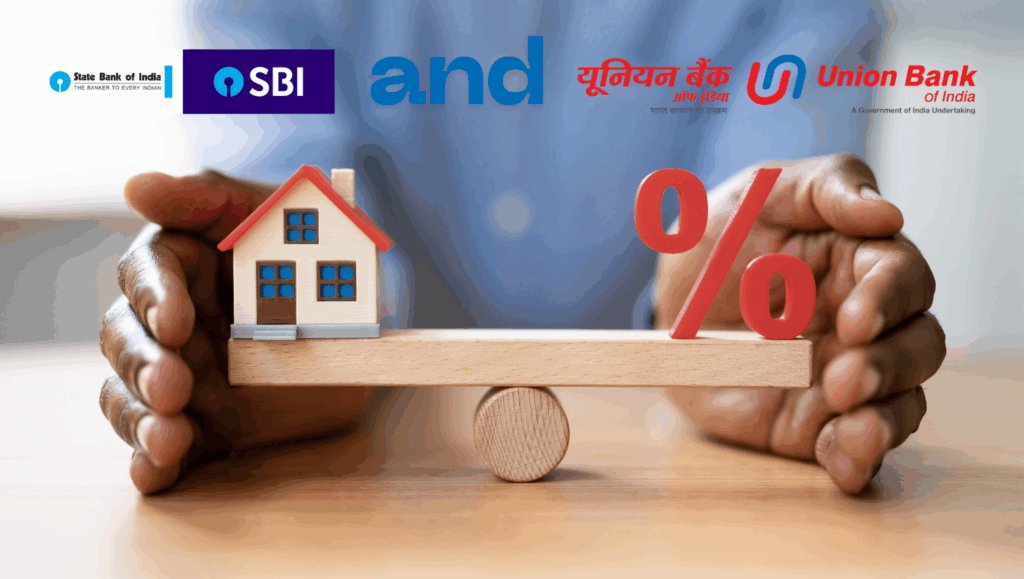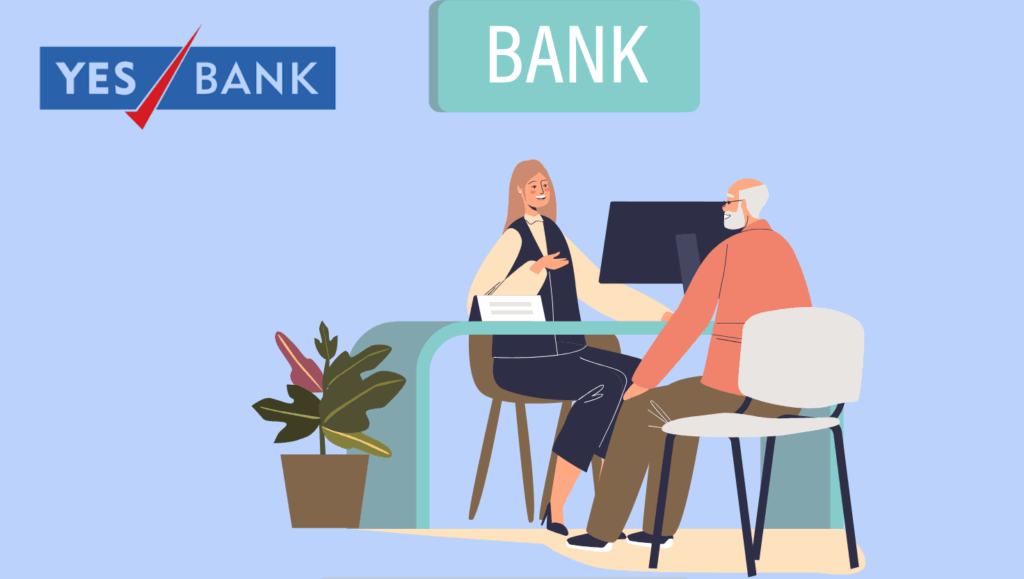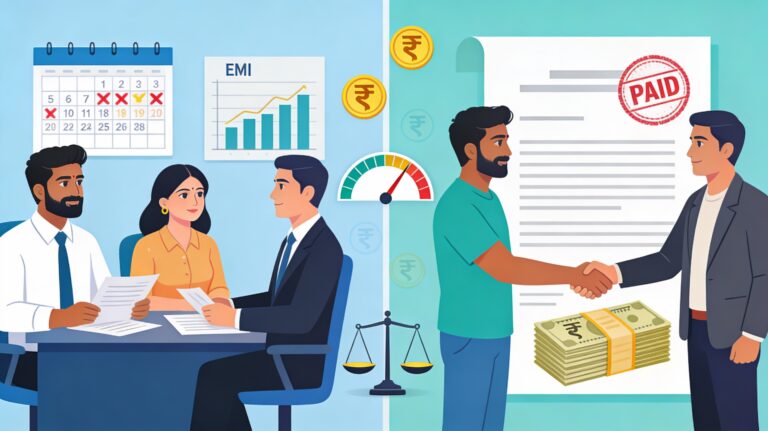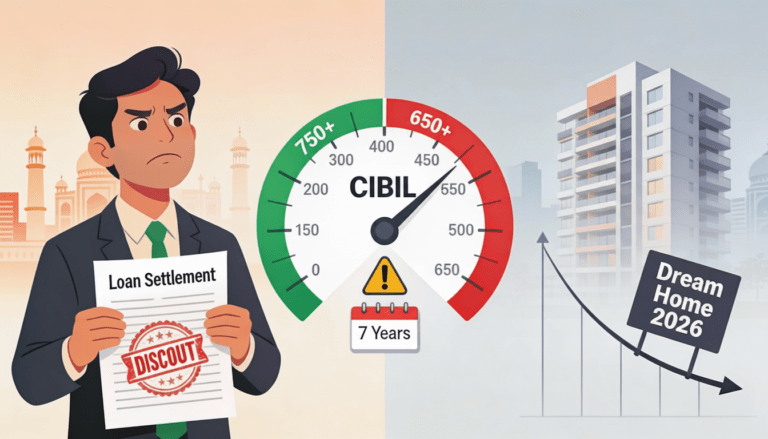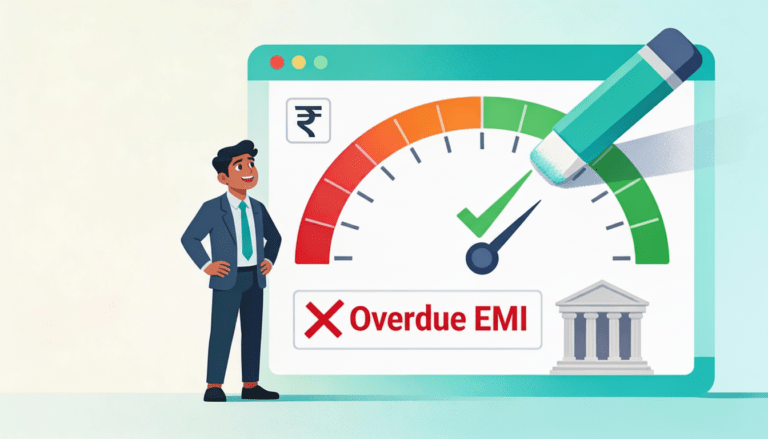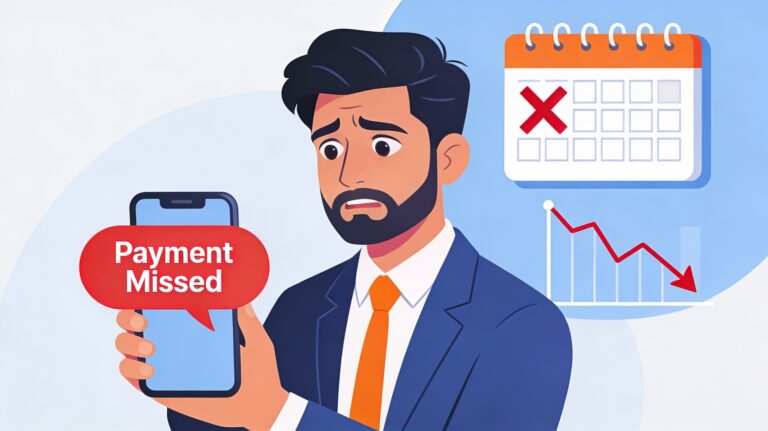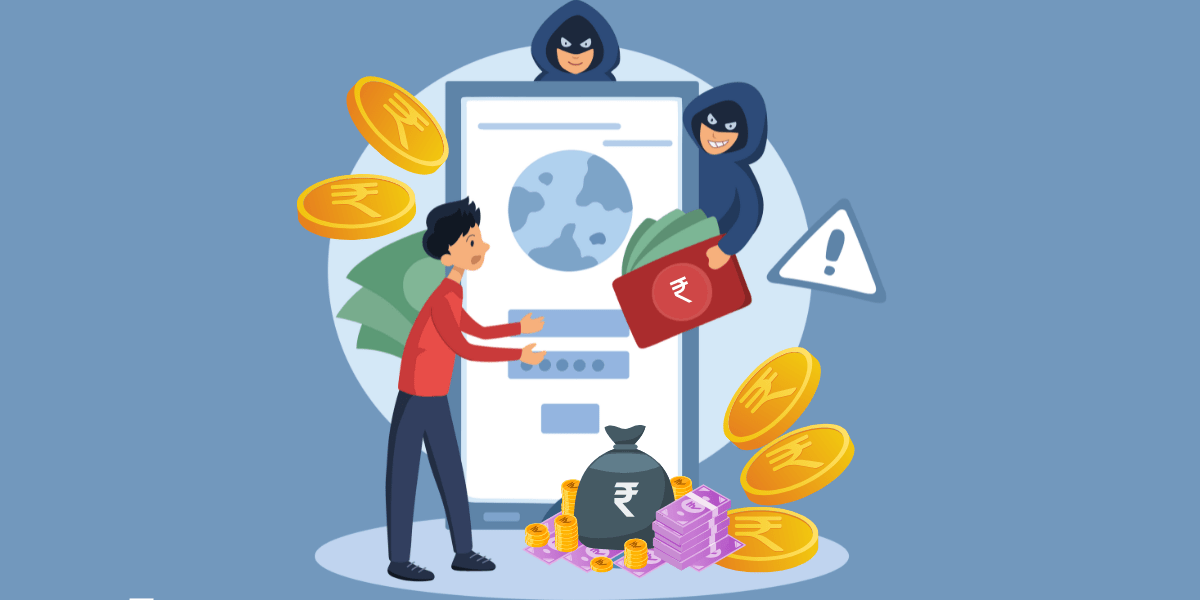
Avoid Debt Traps: How to Spot Safe Loan Apps in India’s 2025 Boom
Mobile loan apps in India promise instant cash but hide shocking dangers. Rising costs push millions to borrow, yet predatory apps lurk with 36%+ interest and data theft. RBI’s new laws offer protection, but will you spot the scams? Uncover 10 must-know secrets to safely navigate loan apps, save thousands, and avoid debt traps. From decoding reviews to securing your data, this guide reveals how to borrow smart in India’s USD 250 billion digital lending boom. Don’t click “Apply” until you read this!
Taking loans through mobile apps in India in 2025 can be both a convenient lifeline and a risky bet. India’s rapidly evolving digital lending landscape is filled with instant loan offers, but not all apps are created equal—some are responsible and RBI-governed, while others are outright predatory. The most fundamental rule: Always read app reviews, ratings, and loan terms in detail before you tap ‘Apply Now.’
The New Reality: Instant Credit in 30 Minutes
A college student short on fees or a family hit by emergency medical bills now often turns to instant loan apps for quick help. Many apps now promise fulfilment within 10–30 minutes, using just a smartphone, a few simple documents, and a selfie. No branch. No long forms. No waiting in queues. But convenience comes with a catch: not every app or offer is as safe as it appears.
Why Mobile Loan Apps Are Booming in India (2025)
India’s digital lending market has soared past USD 250 billion, growing 25% yearly, per 2025 industry reports. Apps like these have democratized credit, reaching gig workers, small business owners, and students excluded from traditional banking. Yet, this fintech boom attracts unethical lenders hiding behind polished interfaces, making vigilance critical.
Key Drivers of the Boom
- Accessibility: Loans for those without bank access.
- Speed: Funds disbursed in 10–30 minutes.
- Minimal Documentation: PAN, Aadhaar, and selfies suffice.
Tech Penetration: India’s 900 million+ smartphone users fuel app adoption
RBI 2025 Digital Lending Guidelines: Your Safety Net
To protect Indian borrowers, the Reserve Bank of India (RBI) released new digital lending guidelines in May 2025. Here’s what responsible apps and lenders must now follow:
- Clear display of lender name, loan amount, interest rate (APR), EMI, total cost, and penalties
- No biased promotion—apps can’t push one lender over others unfairly
- Every loan must have a transparent “Key Fact Statement” (KFS) with all costs and conditions upfront
- Personal data privacy: apps can’t access contacts or gallery, and cannot store data without explicit consent
- Loan amount must go directly to your bank account (not via wallets or third parties)
- All fees, including late charges, must be shared at the time of offer—no hidden costs
- Every lender must have a robust grievance redressal process
Featured Box: Quick Checklist for Safe Borrowing (2025)
- Verify RBI-NBFC/bank backing on RBI’s registry.
- Check recent app store reviews for red flags.
- Avoid apps demanding unnecessary data or upfront fees.
- Insist on a full loan agreement and KFS.
- Stick to Google Play or Apple App Store downloads.
- If it sounds too good to be true, it probably is!
Are All Loan Apps Safe? Understanding the Risks
No, not all loan apps are safe. While some mobile loan apps in India are operated by RBI-approved banks and NBFCs, a significant number are unregulated, fraudulent, or even disguised scams. Choosing the wrong app can lead to hidden fees, data theft, predatory collection practices, and even financial distress.
Why Are Some Loan Apps Risky?
- Unregulated or Fake Apps: Many apps look professional but are neither RBI-registered nor linked to a regulated lender. They may promise instant loans without proper KYC or credit checks, often targeting those in urgent need. These apps commonly disappear after collecting upfront fees, or never actually disburse any money.
- Data Privacy Violations: Unsafe apps request excessive permissions—contacts, camera, gallery, SMS, call logs—and may misuse your private data for harassment or blackmail if repayments are delayed.
- Aggressive Recovery and Harassment: Victims have reported debt collectors using threats, public shaming, and edited photos sent to contact lists to recover money—far beyond legal methods allowed in India.
- Hidden Charges and Costly Loans: Unethical apps hide or downplay interest rates, processing fees, foreclosure penalties, or other charges, often misleading borrowers into debt traps with EMIs and penalties far higher than disclosed.
- No Legal Protection: With unregulated apps, borrowers have limited or no recourse through regulatory authorities or grievance redressal systems if something goes wrong.
- Unsafe (Fake) Loan Apps:
- Not listed on RBI’s NBFC registry
- Promise “zero documentation” or “instant approval”
- Demand upfront fees before disbursal
- Ask for wide-ranging device permissions unrelated to loan processing
- Hide or obscure interest rates, terms, or recovery policies
- Lack legitimate contact details or have fake addresses
- Are reported by users for harassment, fraud, or misuse of data
Latest Regulatory Measures
The RBI in 2025 tightened digital lending rules, mandating transparent disclosure, data privacy protection, and fair recovery practices. Apps without RBI backing are at a much higher risk of being unsafe, and regulatory crackdowns (including blocking and prosecution of fraudulent apps) are ongoing.
How to Spot a Safe Mobile Loan App
Key Signs of a Trustworthy Lender
- Backed by an RBI-registered NBFC or bank (verify on RBI’s public NBFC list)
- Found on official app stores (Google Play or Apple App Store)
- Positive, recent reviews and transparent user feedback
- No demand for unnecessary permissions (contacts, location, gallery, SMS, call logs)
- Clear disclosure of interest, tenure, EMI, total payable, scheduling, and late charge structure
- Official website uses HTTPS, with clear contact and customer support details
- Loan comes with a full, signed agreement—with all terms, KFS disclosure, and pre-closure conditions stated clearly
Common Red Flags: Avoid These Apps
- No mention of their NBFC/banking partner or random shell companies
- Demand for large upfront payments or weird fees
- Poor or no reviews, or fake-sounding testimonials
- Vague or pushy customer care, no redressal policy
- Asking for permissions unrelated to loan processing (e.g., contacts, gallery)
- No agreement or unclear documentation
Before You Click 'Apply,' Remember
Quick Checklist for Safe Borrowing via Loan Apps (India, 2025)
- Check if app is RBI-NBFC/bank-backed—look up on RBI’s NBFC registry
- Read the latest app store reviews and look for red flags
- Avoid apps requesting unnecessary personal data or upfront payments
- Insist on a full agreement and Key Fact Statement
- Use trusted app stores; beware of “side-load” APK links
- If offers sound too good to be true—walk away!
Responsible Lenders: What Do They Do Differently?
- KYC Compliance: Run PAN, Aadhaar, address, and selfie checks for applicant verification
- Repayment Ability: Check credit score, income, and debt-to-income ratio; won't lure borrowers with unaffordable sums
- Transparent Fees & Terms: Clearly break down interest, tenure, processing fees, foreclosure rules, and late charges upfront in writing
- Consent & Privacy: Only access necessary device permissions for KYC and disbursement; never misuse or share your data without consent
- Fair Recovery: Use non-harassing techniques for collections; respect RBI guidelines on recovery practices
How to Apply Safely: Step-by-Step Guide
Follow these steps to borrow securely via mobile apps in 2025:
- Research the Lender
- Verify RBI registration on the NBFC registry.
- Search for scam reports or lawsuits online.
- Download from Official Stores
- Use Google Play or Apple App Store; avoid APKs from WhatsApp or Telegram.
- Check Reviews and Ratings
- Read recent (3–6 months) reviews for complaints about hidden fees or harassment.
- Look beyond star ratings for user experiences.
- Review Loan Agreement & KFS
- Demand full documentation before approving.
- Read every term, especially penalties and foreclosure clauses.
- Limit Permissions
- Allow only KYC-related access (e.g., camera, not contacts or storage).
- Borrow Within Means
- Avoid stacking loans from multiple apps to prevent debt traps.
- Engage Customer Support
- Test responsiveness with questions; legitimate apps reply promptly.
- Monitor Recovery Practices
- Ensure RBI-compliant apps follow fair, non-harassing recovery methods.
Pro Tips: Maximising Benefits, Minimising Risks
- Build and maintain a good credit history: Timely repayments open better loan offers with lower interest.
- Opt for regulated apps that share KFS and customer support easily.
- Document everything: Keep digital or paper records of all communication, agreements, and payment receipts.
- Never share OTPs or confidential banking info with anyone over calls or SMS.
- If troubled, lodge complaints with RBI's Sachet portal or National Consumer Helpline.
Most Common Mistakes to Avoid
- Trusting “instant approval” or “zero KYC” options
- Ignoring hidden clauses, especially around defaults and late payments
- Allowing blanket access to your contacts, location, or phone data for “profiling”
- Falling for scam SMS/social media ads
- Taking stacked loans from multiple apps just to repay earlier loans—leads to spiraling debt
Key Takeaways
Mobile loan apps can be genuinely useful but are not risk-free. Safety demands vigilance, patience, and only choosing RBI-governed, transparent, and well-reviewed platforms. All offers, no matter how urgent, must be read carefully—including fine print, reviews, and privacy policy—before borrowing.
Final Thought: Fast Money, Or Future Debt Trap?
Make Informed Choices for Your Financial Wellbeing
Digital loan apps are revolutionising finance for India’s masses in 2025. Used wisely—with careful review of app ratings, in-depth reading of loan terms, and by sticking with RBI-compliant apps—they offer relief in emergencies and help build credit. But carelessness can land borrowers in a cycle of relentless debt, harassment, or even identity theft.
Practical Next Steps:
- Bookmark RBI’s NBFC registry and always check before applying
- Educate friends and family on checking reviews and red flags
- Use loan apps to build credit with discipline, not to patch unsustainable short-term needs
- If in doubt, walk away or consult a trusted financial advisor before signing
- Share this post—spread awareness, help others stay safe!
Ready to borrow smart? Start only after reading app reviews, double-checking RBI approval, and confirming you have all terms in writing.





